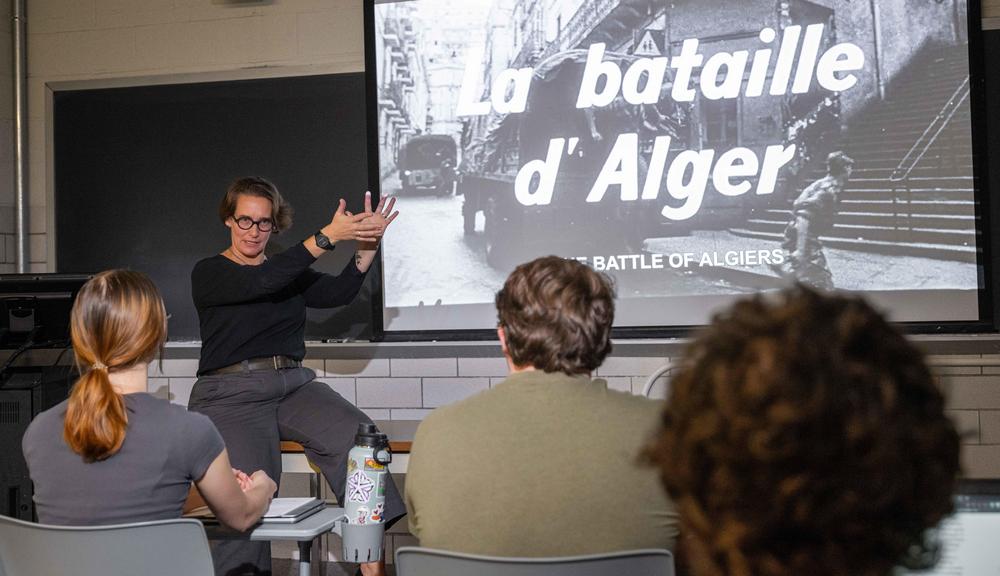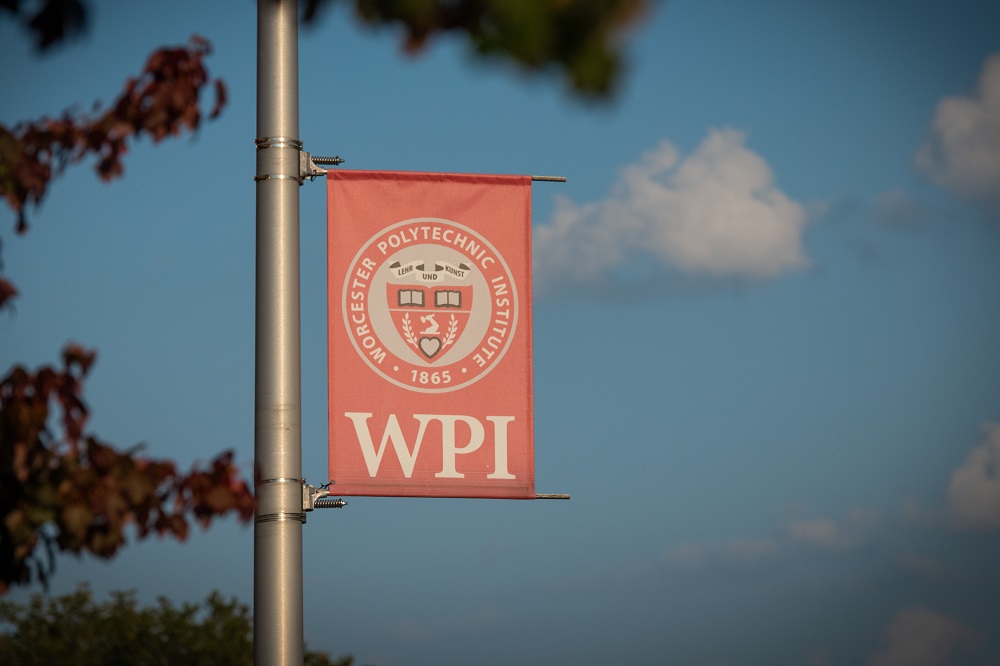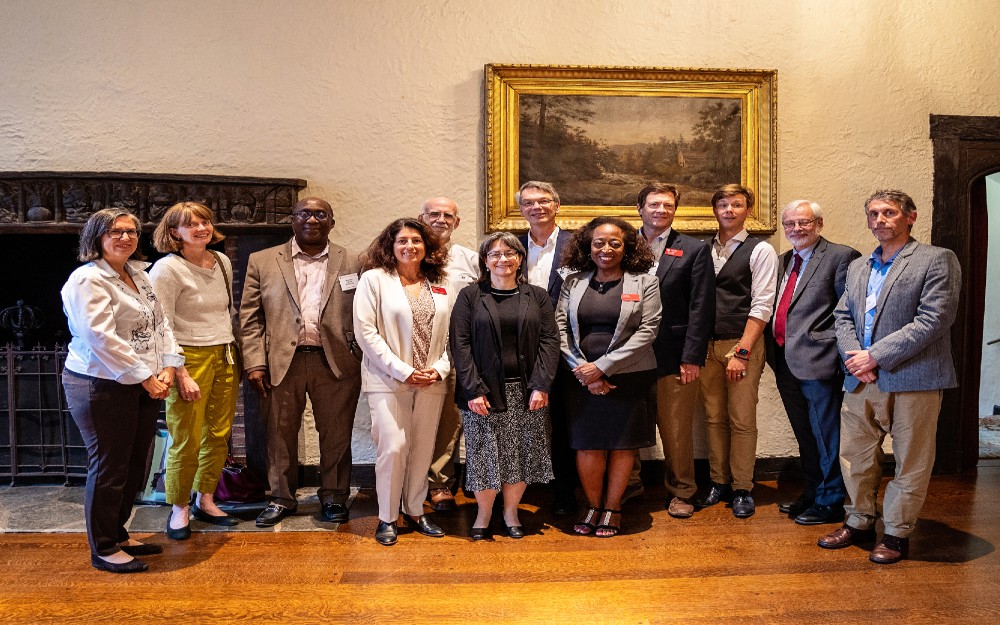Humanities and STEM—two great areas of education that go great together. WPI has long championed the humanities and arts (HUA) as an integral part of WPI’s distinctive approach to undergraduate education. And the National Endowment for the Humanities (NEH) agrees: it’s a good idea.
The organization has selected WPI, along with 17 other schools across the U.S., for a Humanities Connections Grant. WPI will receive a $100,000 grant to establish an Urban Humanities Teaching Cluster to build upon the Institute’s strong foundation.

Joseph Cullon
The award will allow WPI to offer an integrated set of courses that push students to think about urban challenges as more than simply technical problems. With half the world’s population now living in cities and with the population of 21 cities now exceeding 10 million, the study of cities is more important than ever.
“The engineering challenges wrought by rapid urbanization and aging urban infrastructures are obvious to our students,” explains Joseph Cullon, an assistant teaching professor of history and the grant’s principle investigator, “but solving them forces us to ask questions about history, aesthetics, equity, access, and cultural meaning that are less transparent but equally crucial.”
Beyond enriching WPI students with the opportunity to pursue an HUA concentration in the urban humanities, the NEH award also advances WPI faculty efforts to encourage and assist other schools in their efforts to develop similar integrative approaches that highlight the great value of humanities coursework in professional education.
WPI: Ahead of its time
Since the 1970s—long before this more recent push in the world of education to integrate humanities and STEM—every WPI undergraduate student has done the equivalent of a minor in the humanities along with STEM coursework. In this regard, WPI is ahead of other schools, which may be approaching this concept for the first time, says Kris Boudreau, HUA department head.
“Educators are realizing STEM-humanities integration is hard to do. Students may not be engaged with a general education requirement outside their area of study and may need help seeing connections between that requirement and their major. Faculty themselves may be too siloed to make the connection,” Boudreau says. At WPI, where some areas of the Great Problems Seminar integrate STEM and humanities, the HUA requirement is still in many ways a separate course of study for STEM majors. While there is much value in the HUA requirement as a separate project from the rest of the institute’s STEM curriculum, the NEH grant will enable HUA faculty to experiment with deeper integration.

Kris Boudreau
By developing an explicitly linked set of courses and activities, Cullon expects that faculty will be better able to help students draw connections between all the pieces of the curriculum. Cullon emphasizes that, “The humanities will remain the humanities, and students will still read challenging works of literature, craft complex historical arguments, and grapple with deep philosophical questions. However, HUA faculty will collaborate among themselves and with engineering faculty to model how big questions about human meaning and value must inform what the National Academy of Engineering calls the Grand Challenges for Engineering in the 21st Century.”
The Urban Humanities Cluster will build bridges between HUA faculty in history, literature, philosophy, art history, and integrated media and game development, as it plans and implements urban themed classes. More exciting, under the grant students will get to see humanities and engineering faculty model interdisciplinary problem solving. For example, a literary critic will join a chemical engineer in teaching about urban sanitary policy; a philosopher and a biologist will explore what makes cities livable; and a historian and a systems engineer will examine historical evolution and modern challenges of aging infrastructure and energy grids.
“It’s about broadening perspective," Cullon says, "...trying to create thematic coherence in how undergraduates fulfill their humanities and arts requirement, and reminding students of the continuing relevance of humanistic thinking to modern engineering and scientific challenges.”
This strategic integration of humanities and STEM also dovetails into the WPI mission of developing the whole student, and can lead the way to career options as well. WPI, Boudreau says, has been ahead of the curve for a while now but will be able to launch a bold new experiment with NEH funding.
With this award, the NEH recognizes WPI’s role as a leader in this kind of integrated education, she adds. Both Boudreau and Cullon have been asked to participate in a fall NEH workshop at the National Humanities Conference in Boston on the grant program and work to help institutions rethink how they approach curriculum offerings. “They asked WPI to lead the way and show them how it’s done,” Boudreau says.
- By Susan Shalhoub





